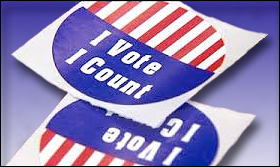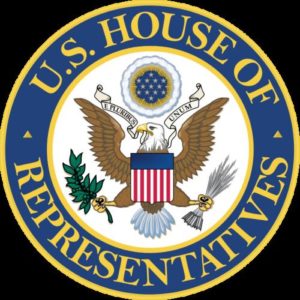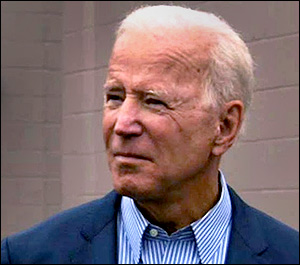By Jim Ellis
April 29, 2022:
House
HI-2: Another Announces for Congress — Confident that freshman Rep. Kai Kahele (D-Hilo) will soon declare his intention to run for governor, former state Sen. Jill Tokuda (D) formally exited the lieutenant governor’s race and announced that she will enter the 1st Congressional District contest.
Though Rep. Kahele is still technically a congressional candidate, Tokuda follows the
lead of state Sen. Jarrett Keohokalole (D-Kailua), state Rep. Angus McKelvey (D-Lahaina),
and Honolulu City Council chairman Tommy Waters (D) who have all entered what they
believe will be an open congressional race. The Hawaii candidate filing deadline is June 7
for the Aug. 13 statewide primary, so Rep. Kahele will soon have to make known his
2022 political plans.
Governor
Alaska: GOP Co-Endorses — After the Alaska Republican Party, which has also endorsed businessman Nick Begich, III over former governor and 2008 vice presidential nominee, Sarah Palin, in the US House special election, had already officially endorsed the party’s incumbent Gov. Mike Dunleavy (R), the political entity has now expanded its official support list. In addition to the governor, the Alaska GOP voted to also endorse Kenai Peninsula Borough Mayor Charlie Pierce, who is the governor’s Republican primary challenger.Connecticut: New General Election Poll — Fairfield, Connecticut’s Sacred Heart University released a new poll of the governor’s campaign, which is expected to become competitive once we enter the post-primary period. The survey (March 24-April 11; 1,000 Connecticut residents; online) finds Gov. Ned Lamont (D) opening with a substantial lead over businessman and 2018 gubernatorial nominee Bob Stefanowski (R). The ballot test finds the governor holding a 48-30% advantage.
The poll, however, has a questionable methodology. The sampling period of 18 days is very long, and the respondent universe did not segment for likely or even registered voters. Therefore, the result likely places Gov. Lamont in a better position than he might be before a better segmented poll.
Nebraska: Gov Primary Tight — State Sen. Brett Lindstrom (R-Omaha) released a new internal poll of the upcoming May 10 Republican primary that features a very tight contest among himself, businessman Charles Herbster, and former University of Nebraska Regent Jim Pillen. The Data Targeting/Neilan Strategy Group poll (April 19-20; 858 likely Nebraska Republican primary voters; interactive voice response system) finds Sen. Lindstrom claiming a small lead at 28-26-24 percent edge over Herbster and Pillen, who both have significant support.
The results are a marked improvement for Herbster, who former President Trump endorses, after multiple women accused him of sexual harassment. A previous poll showed him losing support. The eventual Republican nominee becomes a prohibitive favorite to win the general election and succeed term-limited Gov. Pete Ricketts (R).
Ohio: DeWine Leading Gov Primary but Below 50 percent — Fox News released the results of their new Ohio poll (April 20-24; 906 likely Ohio Republican primary voters; live interview) that finds Gov. Mike DeWine leading his Republican primary opponents, former US Rep. Jim Renacci and farmer Joe Blystone by a 43-24-19 percent margin. This represents a downward trend for the governor of a net 11 points from March’s Fox Poll. Combined, the opponents equal DeWine’s support, but with the anti-incumbent vote split, it is likely that the governor wins a plurality nomination race next Tuesday.







 Jan. 3, 2020 — The Census Bureau just released its new population growth estimates for the 12-month period between July 1, 2018 and July 1, 2019. Their data allows us to assess just which states will likely gain and lose congressional districts in 2020 reapportionment, both in terms of the real numbers just presented and for projecting the final count once the decade’s final-year patterns are calculated and the census is actually conducted.
Jan. 3, 2020 — The Census Bureau just released its new population growth estimates for the 12-month period between July 1, 2018 and July 1, 2019. Their data allows us to assess just which states will likely gain and lose congressional districts in 2020 reapportionment, both in terms of the real numbers just presented and for projecting the final count once the decade’s final-year patterns are calculated and the census is actually conducted.